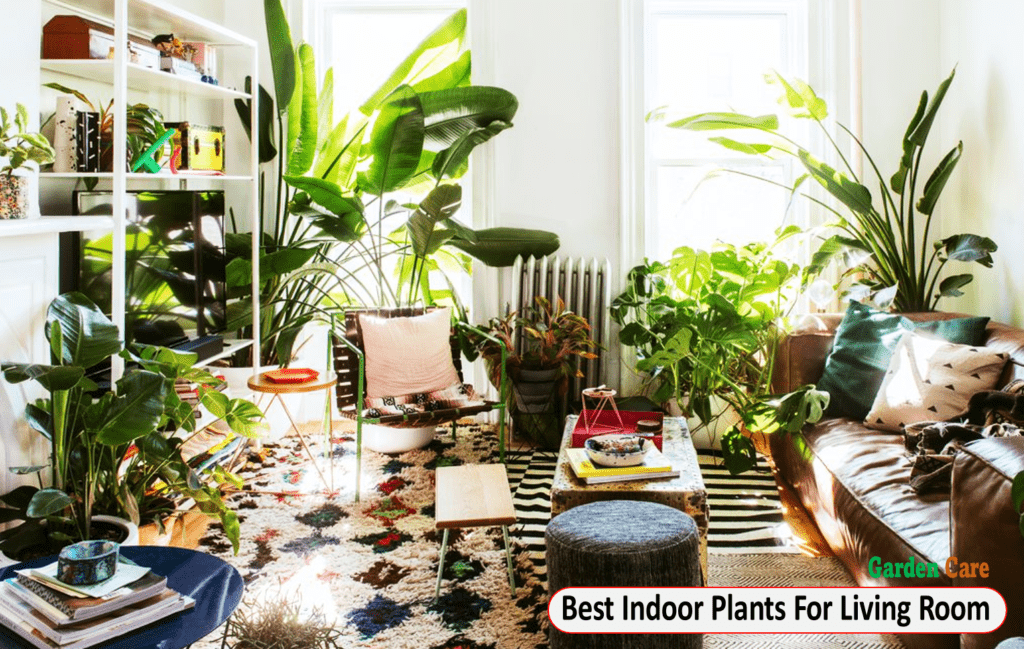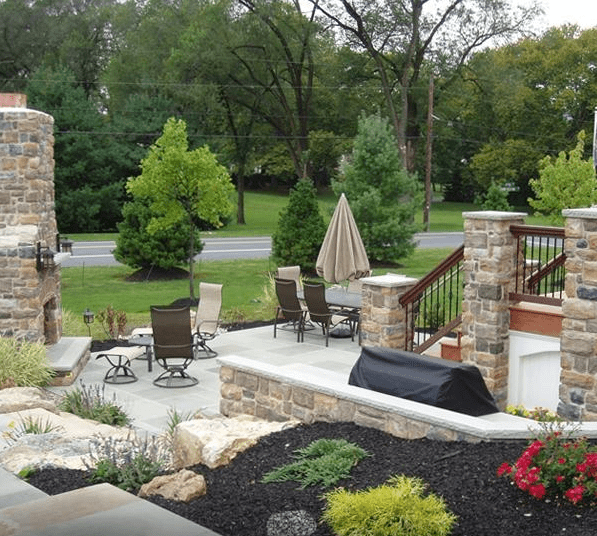Planters With Holes in Sides: Planters with holes in sides allow proper plant drainage, preventing waterlogged soil and root rot. This feature is essential for maintaining healthy plant growth indoors or outdoors.
Choosing planters with side holes provides aeration and prevents excess water accumulation, fostering optimal plant health and growth. Additionally, the holes allow roots to access oxygen more easily, promoting stronger root systems and overall plant vitality. Proper drainage is a key factor in successful plant care, making these planters with side holes a practical choice for any gardener or plant lover.
Whether you are a beginner or an experienced gardener, utilizing planters with holes in the sides can enhance the health and longevity of your plants.
[ez-toc]

Benefits Of Planters With Holes In Sides
Increased Aeration: Planters with holes in the sides allow for better air circulation around the roots.
Enhanced Drainage: These planters prevent waterlogged soil, promoting healthier root systems.
Types Of Plants Ideal For These Planters
Discover the perfect plants to thrive in planters with side holes. From cascading vines to colorful annuals, these planters provide optimal drainage for various plant types.
Succulents And Cacti
Succulents and cacti are some of the most popular plants ideal for planters with holes on the sides. These plants are known for retaining water in their leaves, stems, or roots, making them highly drought-tolerant. Succulents and cacti have adapted to arid and desert-like conditions, making them perfect choices for these planters.
These plants come in various shapes, sizes, and colors, with unique textures and patterns that can add visual interest to any space. There is a wide variety, whether you prefer the spiky look of a cactus or the rosette formation of a succulent.
When choosing succulents and cacti for your planter, consider their light and water requirements. These plants thrive in bright, indirect light and do not require frequent watering. Overwatering can be detrimental to their health. Placing your planter in a sunny spot and watering sparingly is the key to keeping succulents and cacti happy and thriving.
Herbs And Vegetables
If you’re a fan of fresh herbs and vegetables, you’ll be delighted that planters with holes in the sides are also suitable for growing them. Herbs such as basil, mint, parsley, and thyme, as well as vegetables like lettuce, spinach, and cherry tomatoes, can all thrive in these planters.
Herbs and vegetables have shallow root systems, which makes them well-suited for planters with limited soil volume. These planters also provide excellent drainage, preventing waterlogged roots and reducing the risk of root rot.
When growing herbs and vegetables in these planters, providing adequate sunlight and regular watering is important. Most herbs and vegetables prefer full sun, meaning a minimum of six hours of direct sunlight daily. Watering frequency will depend on the specific plant’s needs, but it’s always better to water moderately rather than excessively.
Creative Design Features
Vertical Gardening
Using planters with holes in the sides allows for innovative vertical gardening solutions.
Modular Stacking Systems
These planters feature a modular design, enabling easy stacking and customizable arrangements.
Maintenance And Care Tips
If you have planters with holes in the sides, it’s important to know how to properly maintain and care for them to ensure the health and vitality of your plants. This section will discuss important tips regarding watering techniques, soil, and fertilization.
Watering Techniques
Proper watering is crucial for the well-being of your plants. Here are some key techniques to keep in mind:
- Water deeply and thoroughly to allow the water to reach the roots.
- Avoid overwatering as it can lead to root rot and fungal diseases.
- Regularly check the moisture level of the soil to determine when to water.
- Ensure good drainage by allowing excess water to flow through the side holes.
- Consider using a water tray underneath the planter to collect excess water without letting the roots sit.
- Water your plants early or late in the evening to maximize absorption and minimize evaporation.
Soil And Fertilization
The soil you use and proper fertilization play a vital role in the health and growth of your plants:
- Use a well-draining soil mix that contains organic matter to ensure proper aeration.
- Consider using a combination of potting soil, perlite, and peat moss to create an ideal growing medium.
- Regularly check the pH level of your soil and adjust if necessary to provide optimal conditions for your plants.
- Apply a slow-release fertilizer or organic compost to provide essential nutrients without overwhelming the plants.
- Follow the recommended dosage and timing based on the type of plants you are growing.
- Avoid fertilizing plants during the dormant period or when they show signs of stress.
By following these maintenance and care tips, you can ensure that your planters with holes in the sides create the perfect environment for healthy and thriving plants.
Diy Planters: How To Make Your Own
Discovering new ways to personalize your outdoor space can be a rewarding experience. One popular trend is creating unique planters with holes in the sides, creating an innovative approach to displaying your plants. Whether you want to liven up your patio or add a touch of greenery to your balcony, making your planters with holes is a simple and enjoyable DIY project. Let’s explore the materials needed and the step-by-step instructions to create your unique planters.
Materials Needed
- Terracotta or plastic plant pots
- Drill with a ceramic or masonry bit
- Masking tape or painter’s tape
- Pencil
- Safety goggles
Step-by-step Instructions
- Mark the desired locations for the holes on the pot using the pencil. Maintain an equal distance between each hole.
- Secure the pot and put on the safety goggles to protect your eyes.
- Place a masking tape over the marked spot to prevent the drill bit from slipping.
- Drill a hole using the ceramic or masonry bit, ensuring a steady and even pressure against the pot.
- Repeat this process for each marked spot on the pot.
- Once all the holes are drilled, remove any excess debris from the pot and wipe it clean.
- Your unique planter with holes in the sides is ready to fill with soil and your favorite plants.
Case Studies: Real Gardens Using These Planters
Real-life examples are powerful and inspiring for anyone using planters with holes in the sides. From urban balconies to community projects, these case studies showcase the versatility and practicality of these unique planters. Let’s take a closer look at some inspiring applications in real gardens.
Urban Balcony Garden
In densely populated urban environments, space is at a premium, and many people are turning to balcony gardening to create green spaces. Integrating planters with holes in the sides enables urban dwellers to maximize their limited space, utilizing vertical gardening to grow various plants. This innovative approach adds aesthetic appeal to balconies and promotes sustainable living in the city. Using these planters in urban settings emphasizes the potential for small-scale gardening in limited urban spaces.
Community Garden Project
Community gardens are crucial in fostering community and promoting sustainable living practices. Planters with holes in the sides have found wide-ranging applications in community garden projects. These planters allow multiple plants to thrive in a single planter while facilitating space optimization. These planters are also highly efficient in water usage, enabling community gardens to conserve resources without compromising plant health. Implementing these planters in community garden projects reflects the potential of this technology to contribute to sustainable and community-driven green spaces.
Frequently Asked Questions Of Planters With Holes In Sides
Why Do Some Pots Have Holes On The Side?
Pots have holes on the side for better drainage and aeration, promoting healthy root growth in plants.
Are Plant Pots With Holes Better?
Yes, plant pots with holes are better as they allow excess water to drain, preventing root rot and overwatering. Proper drainage promotes healthier plants.
Why Do They Sell Planters Without Drainage Holes?
Planters without drainage holes are sold for decorative purposes, allowing water to collect at the bottom. Some plants thrive in these conditions, while others require drainage. To prevent waterlogging, you can add a layer of gravel or use a pot with drainage inside the decorative planter.
What Are Drainage Holes In Planters For?
Drainage holes in planters allow excess water to escape, preventing overwatering and root rot.
How Do Planters With Holes In Sides Work?
Planters with holes in the sides allow for better drainage and oxygen flow to the roots, promoting healthier plant growth.
What Are The Benefits Of Planters With Holes On The Sides?
Planters with holes on the sides prevent waterlogging, improve aeration, prevent root rot, and enhance plant growth by enabling better water drainage.
Conclusion
Upgrade your gardening game with planters that have holes in the sides. These planters improve drainage and airflow for healthier plants. Choose the right planter design to support your green thumb journey. Embrace the benefits of these innovative planters for vibrant and thriving plant displays.
Elevate your gardening experience today!


